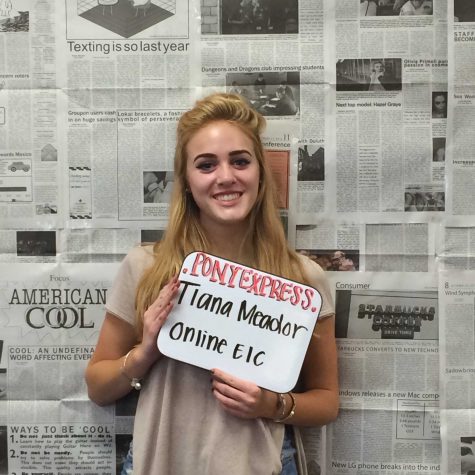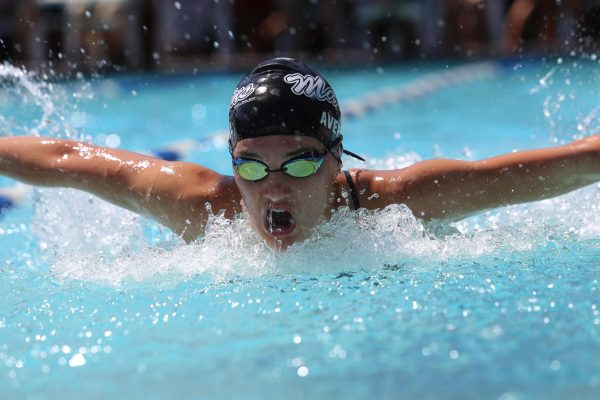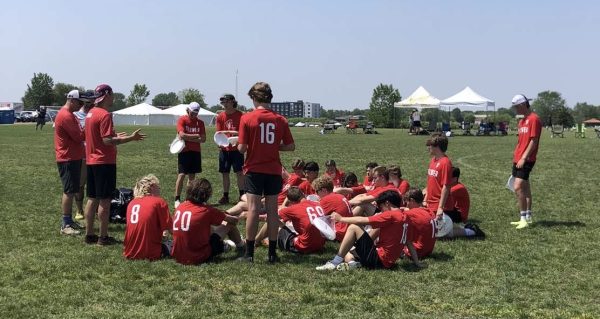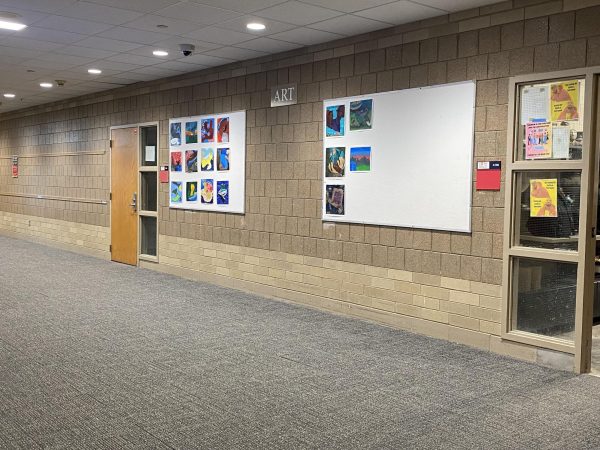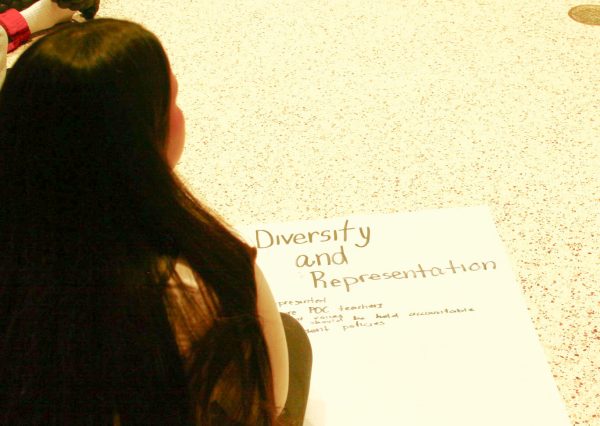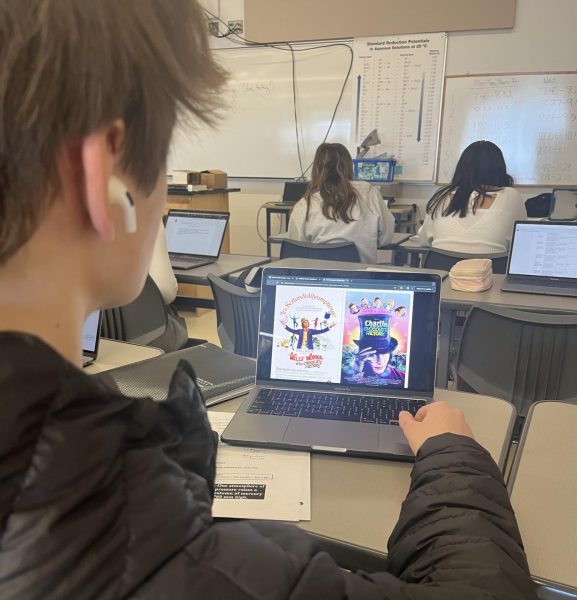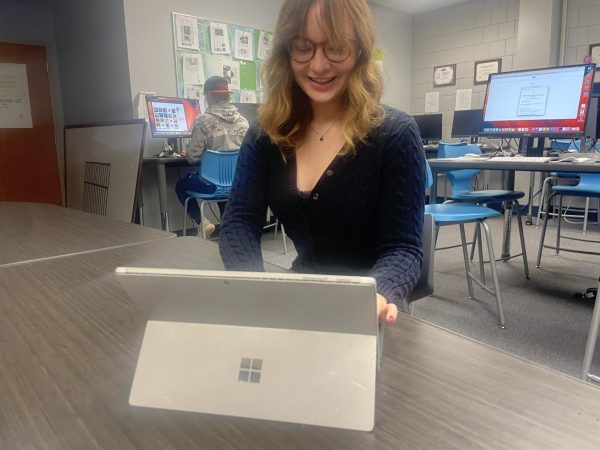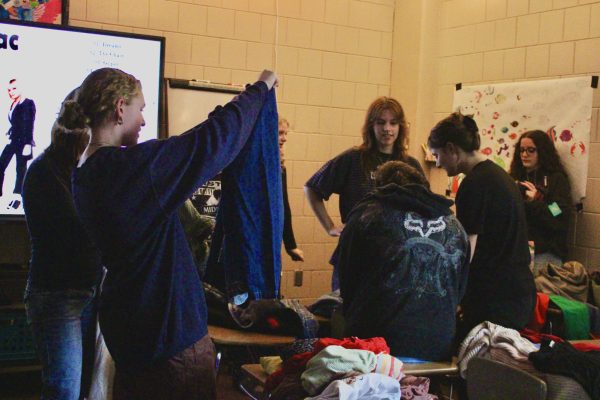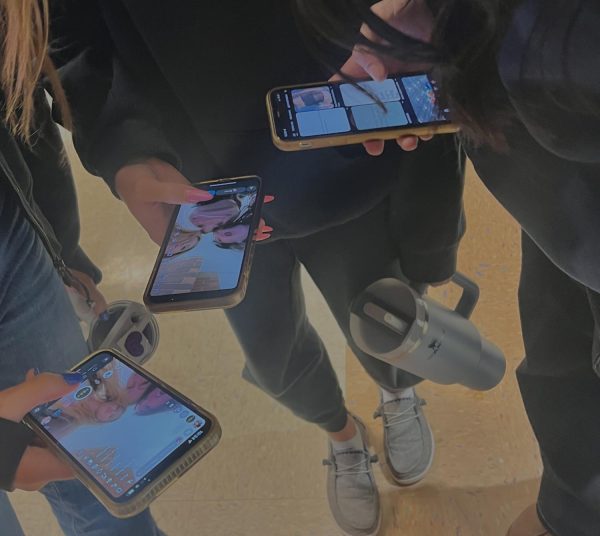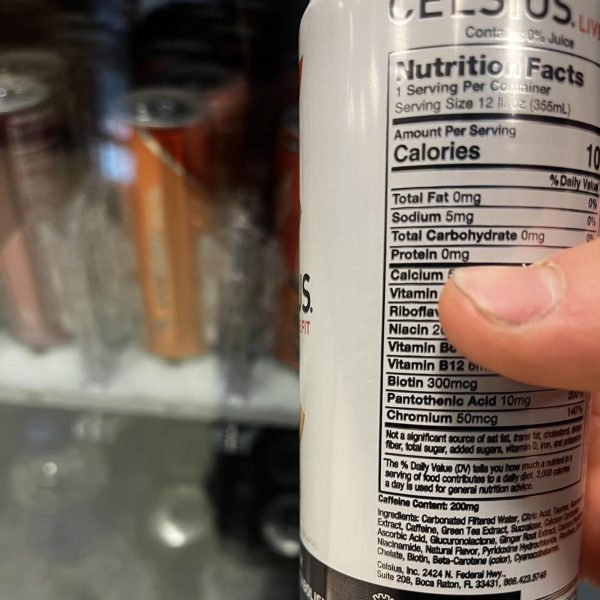Minnesota schools set a strong example for special education programs
November 19, 2015
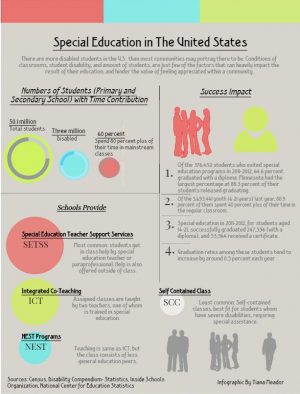
Education in the U.S. is something that is valued highly among anyone who wants to grow up to be successful. But not everyone used to get a shot at the jobs that could only come along with a high school diploma and college degree. Up until 1983, when the U.S. introduced the Individuals with Disabilities Education Act (IDEA), children and adults with a disability were most often than not, denied an education by public schooling. In modern day, IDEA has expanded to nearly every school and offers these unique ranges of students access to a more flexible learning system.
Students and Equal Treatment
During school, each student is valued equally, but is not the same to his or her peer. ‘Same’ and ‘equal’ are not synonymous in their meaning to student learning. Therefore in a classroom setting, if disabled students do not get the assistance they need, they are not of equal value, the same principle going for higher functioning and average students. Each student is valued equally, leaving the current education systems to create adapted ways of tending to the needs of everyone, allowing for integration and extra assistance in the classroom to students who may need it.
Junior Michael Cveykus said, “I believe it [integration] is beneficial because disabled people [students] are still people, so if we include them in activities, they will be more comfortable and we will be more comfortable as well. Especially say, if someone had a [disabled] friend like my brother, once you begin to notice how you need to treat them, it will be normal. Say you meet someone new, you treat them a certain way, same principle, you know how to deal with it.”
Minnesota’s System
As of 2012, Minnesota topped the charts for the highest percentage (88.3 percent) of enrolled disabled students graduating, and continues to stay within the top five states. Statistics such as these show that the school workforce within Minnesota and Stillwater provide some of the greatest environments for these students.
Cathy Lombritto, a special education paraprofessional at Stillwater Area High School said “On a daily basis, a paraprofessional is there to support the student in what they are required to do or assist with their goals. Some of us work in regular classrooms to support and others work in transition to help with obtaining job skills.”
Lombritto added, “Paraprofessionals are a support piece that is individualized to each child, but we do work with many students. We help and then we pull back so the student can learn to repeat what they learned. The goal is to work to get a job, like any teen it is ‘what do you want to do’ and ‘what do you have to do’. So we are there to support in ways by teaching skills that will be able to added onto in the future.”
Education Is Important
Inclusive education is important to everyone, because everyone wants to secure a safe future. Each student, disabled or not, learns in an environment where being together is important. Disabled students should not be counted out solely because their ability does not match that of their average peers. The education offered to these students allows for development of academic skills that were not present prior, a vision of a typical life for their future, development of friendships and a positive understanding of the world, personal boundaries and what is acceptable.
On a daily basis, a paraprofessional is there to support the student in what they are required to do or assist with their goals. Some of us work in regular classrooms to support and others work in transition to help with obtaining job skills.
— Cathy Lambritto
Debra Gray, in collaboration with Jon McAllister, Nicole Schroepfer, and Amy Hoffman, all special education teachers at SAHS said, “[The difficulties faced are] Teaching appropriate behavior and meeting all the ability levels. Also, because many of my students are very vulnerable, we need to teach them how to be safe, and active participants in the community.”
Integration Teaches New Skills
Gray and her colleagues added, “Just remember, it is not a choice. Everyone is just trying their best to get through the day, and many of these kids have more on their plate. Remember the Golden Rule- ‘treat others like you want to be treated.'”


